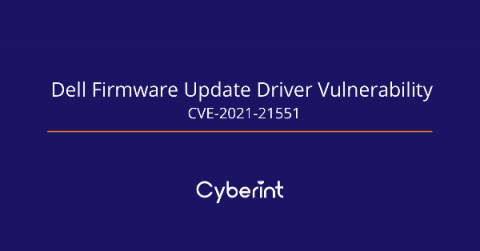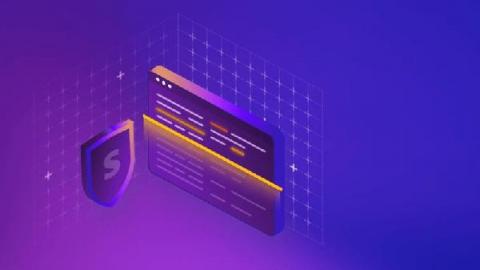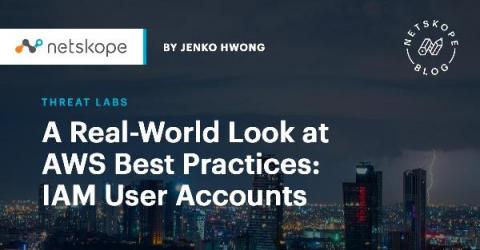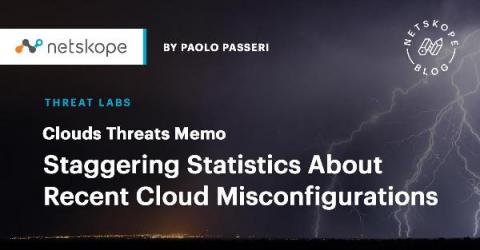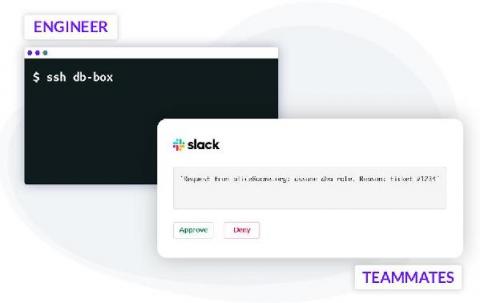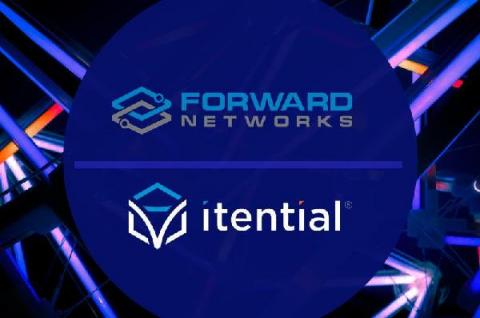4 Reasons Cloud-Native Organizations Benefit from Cloud-Native Logging and SIEM
For cloud-native organizations — those begun in the past decade or so — obtaining critical services from other cloud-native companies makes sense. After all, the whole point of being cloud native is to avoid physical infrastructure wherever possible. You want to focus on your business, not managing the systems and infrastructures that support it. That strategy applies to your logging and security information and event management (SIEM) solution, as well.




